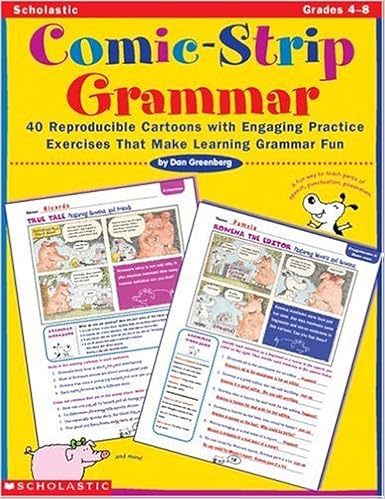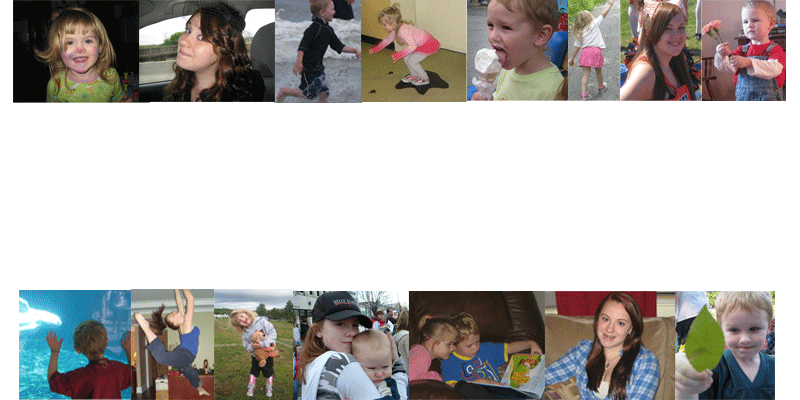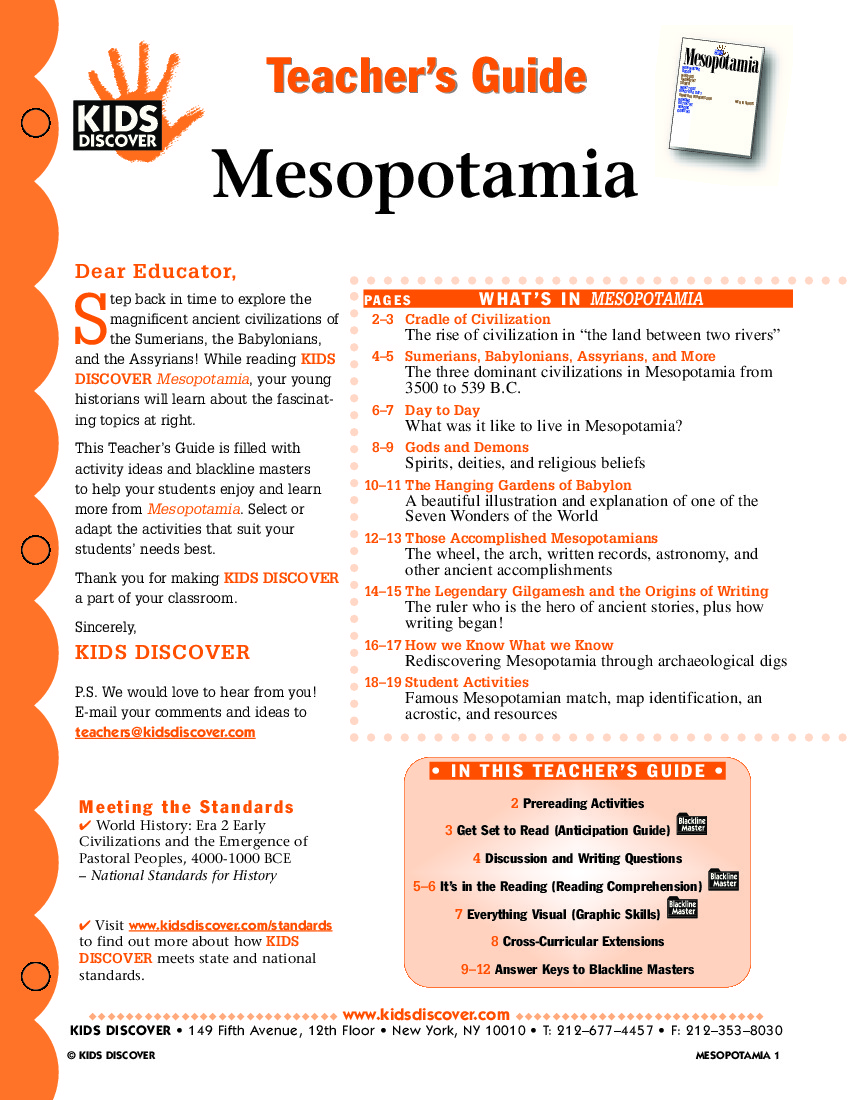Okay, so it's not QUITE that bad, but it has been too long since I last updated, except for all the project posts I did yesterday anyway. ;-)
Unfortunately February was not the end of us all getting sick every few weeks. That trend basically continued right through March and into the beginning of April. Once the weather warmed up, we seem to finally have banished the germs from the house.
The other hold-up was my
not that old computer died. Completely. I had been having problems with charging ports, and batteries, and holding a charge that we tried a few things to fix (software upgrades, new parts) but ultimately it was no use. It could not be saved.
So, new computer, no germs and we are back to school. We have made a few tweaks to our curriculum to address issues that have come up, but things are progressing nicely.
The first big change was I set up a loose schedule. I've always been more of a routine rather than a schedule person, but with the kids being older and more independent I felt it was time. My main motivation was to have them taking their quiet time/screen free break at the same time so it was also quiet time for ME. Otherwise one would be on quiet time while the other was still needing help. I NEED that break to either relax or get things done.
I also wanted to build in time for me to help them with any struggles they were having. Both were needing at least a little help each day. I thought a dedicated time would be better than random interruptions.
It's a very simple schedule: From the time they wake up until 10:30am they do their reading or work on anything they can do independently (they wake up REALLY early these days); from 10:30 to 11:00 is Squidy's time to work with me. He often doesn't have much, just one or two math problems. From 11:00 to 11:30 is Vicki's time to work with me. She'll usually have a couple math problems, and maybe a spelling test. 11:30 to 12:00 is lunch time. Squidy doesn't eat breakfast so an early lunch is necessary. 12:00 to 1:00pm is that coveted quiet time. 1:00 to 3:30pm they finish any schoolwork they didn't get to earlier (they can also do it during quiet time as long as they don't bug me for help). 3:30 is when we usually need to get moving for our extra-curricular activities.
Vicki has been struggling a little bit with focus, concentration, impulse control, and being easily distracted (yes, we are considering getting her checked for ADHD/ADD). The area where this is most obvious is with math. She is running into the commonly mentioned problem with Math Mammoth in the higher levels - pages too busy and overwhelming. For a while I was circling just a few problems for her to do, which helped but not enough. She seems unable to focus down to an individual problem.
I decided to pick up an
enVision Math workbook from Amazon. This is the program our local public school uses and I have access to the online text book AND videos that break-down the lessons. This way when she's struggling, we can get a longer explanation from the textbook and watch the video. So far we've done this for multi-digit multiplication and it seems to have helped. The workbook pages are also a lot less cluttered than those of MM.

We will continue to use MM but I will probably black-out any problems she doesn't have to do so it cuts down the clutter. We may also do problems a couple at a time on a whiteboard.
'
I also have put the first few books from
Life of Fred on hold at our local library. These are supposed to be good for kids who aren't real mathy and can use a different viewpoint. I'm not sold on them enough to buy them (especially since she's the only kid I have that would use them), but it looks like the entire set is available at the library, so I'm willing to see if they help her understanding.
I've decided to pick up more formal grammar again, rather than rely on corrections in their writing. Mainly because they seem to have forgotten everything they knew.
Squidy is going through the
Everything You Need to Ace English Language Arts in One Big Fat Notebook but this is a higher level than where Vicki needs to start. So, I'm having her work through the
Scholastic Comic Strip Grammar workbook. It's funny, quirky, but presents accurate information incrementally.


Vicki is doing okay with her
Skill Sharpeners Math Grade 4. This is mainly a spiral review of things she's already covered in MM.
Mosdos Press Literature is going well. We are on schedule to finish up the Ruby book in the next couple of months. Unfortunately, the website has been down for a few months now and there is speculation that the company was sold and the series may not longer be available. Books are available through Rainbow Resource, or Amazon but we may have to look for a different literature for next year.
Vicki has moved on to the 6th grade book in
Vocabulary from Classical Roots. We skipped the 5th grade book because it wasn't available on Amazon at the time I needed it. Both kids are strong enough in language arts (except writing, ugh), that I wasn't concerned about skipping ahead.
She's almost done with the 6th grade
Skill Sharpeners Spell & Write. Once she is done with that, we will stop spelling except for corrections in writing.
Squidy has finally hit some math that he can't do on the first try. We had switched him over to doing just
Jousting Armadillos with
Math Mammoth on hold to use if he struggled. Well, he struggled with factoring. We took a break from JA to go through the factoring chapter in MM, which has a lot more explanation and examples than JA. He will be redoing the factoring chapter in JA starting next week, so we'll see if the side-trip worked.
He is also doing well with
Mosdos Press Literature, and has moved on to Book A in
Vocabulary from Classical Roots. For Grammar he is reading through the
Everything You Need to Ace English Language Arts in One Big Fat Notebook and answering the questions at the end of each chapter.
We finally got around to doing a Brave Writer project last week. Squidy was looking forward to doing the Imaginary Island project since he first heard about it. I really should have jumped on this sooner, because I have never seen him put so much effort into anything that was schoolwork.
The full write-up for that project can be seen here.
Squidy has been doing a Python programming class on Udemy. This class was offered for $19.95 a month or so ago, so we thought it would be worth letting him try it out. He's not finding it too exciting, mainly because it seems geared toward business solutions rather than gaming, but he is still learning quite a bit. Once he finishes, I may let him use the EdPy program that is available for our Edison robots and play around with that for a while.
In addition to all of the above the kids are still doing Tai Kwan Do (blue belts at the moment), swimming lessons (both are going to do team this year), yoga, and we're hoping to do lots of hiking/walking now that the weather is nicer.
We've also started Andy in training lessons, and one of the kids may be using that as a 4-H project.
Our
recent 4-H activities can be seen here. Pretty soon we will be picking out our projects for Fair and getting to work.



















































